Match list I with List II and select the correct answer using the code given below the lists :
List IList II(a) SO2,NO−3,CO2−3(p)Semi-metals(b)B,Si,Ge,As,Sb(q)Isoelectronic species(c)He,Ne,Ar,Kr,Xe(r)Van der wall's radii(d)M(g)+energy→M+(g)+e−(s)Ionisation energy
Code :
(a)(b)(c)(d)qprs
(a)(b)(c)(d)pqrs
(a)(b)(c)(d)qpsr
(a)(b)(c)(d)rpqr
The correct Answer is:1
To solve the matching question, we will analyze each item in List I and match it with the appropriate item in List II based on their properties.
1. Match (a) SO₂, NO₃⁻, CO₃²⁻ with List II:
- We need to determine if these species are isoelectronic.
- SO₂: Sulfur (S) has an atomic number of 16, and each oxygen (O) has an atomic number of 8. Thus, SO₂ has 16 + (2 × 8) = 32 electrons.
- NO₃⁻: Nitrogen (N) has an atomic number of 7, and there are three oxygens. Thus, NO₃⁻ has 7 + (3 × 8) + 1 (for the negative charge) = 32 electrons.
- CO₃²⁻: Carbon (C) has an atomic number of 6, and there are three oxygens. Thus, CO₃²⁻ has 6 + (3 × 8) + 2 (for the negative charge) = 32 electrons.
- Since all three species have the same number of electrons (32), they are isoelectronic.
- Match: (a) → (q) Isoelectronic species.
2. Match (b) B, Si, Ge, As, Sb with List II:
- These elements are known as metalloids, which exhibit properties of both metals and nonmetals.
- They are located between the S block and P block of the periodic table.
- Match: (b) → (p) Semi-metals.
3. Match (c) He, Ne, Ar, Kr, Xe with List II:
- These elements are noble gases.
- The radii of noble gases are determined by van der Waals radii.
- Match: (c) → (r) Van der Waals radii.
4. Match (d) M(g) + energy → M⁺(g) + e⁻ with List II:
- This reaction describes the process of ionization, where energy is supplied to remove an electron from a neutral atom.
- This process is known as ionization energy.
- Match: (d) → (s) Ionization energy.
Final Matches:
- (a) → (q)
- (b) → (p)
- (c) → (r)
- (d) → (s)
Conclusion:
The correct option is A: (a) → (q), (b) → (p), (c) → (r), (d) → (s).
---
- We need to determine if these species are isoelectronic.
- SO₂: Sulfur (S) has an atomic number of 16, and each oxygen (O) has an atomic number of 8. Thus, SO₂ has 16 + (2 × 8) = 32 electrons.
- NO₃⁻: Nitrogen (N) has an atomic number of 7, and there are three oxygens. Thus, NO₃⁻ has 7 + (3 × 8) + 1 (for the negative charge) = 32 electrons.
- CO₃²⁻: Carbon (C) has an atomic number of 6, and there are three oxygens. Thus, CO₃²⁻ has 6 + (3 × 8) + 2 (for the negative charge) = 32 electrons.
- Since all three species have the same number of electrons (32), they are isoelectronic.
- Match: (a) → (q) Isoelectronic species.
- These elements are known as metalloids, which exhibit properties of both metals and nonmetals.
- They are located between the S block and P block of the periodic table.
- Match: (b) → (p) Semi-metals.
- These elements are noble gases.
- The radii of noble gases are determined by van der Waals radii.
- Match: (c) → (r) Van der Waals radii.
- This reaction describes the process of ionization, where energy is supplied to remove an electron from a neutral atom.
- This process is known as ionization energy.
- Match: (d) → (s) Ionization energy.
- (a) → (q)
- (b) → (p)
- (c) → (r)
- (d) → (s)
The correct option is A: (a) → (q), (b) → (p), (c) → (r), (d) → (s).
Topper's Solved these Questions
- PERIODIC TABLE & PERIODICITYBOOK - RESONANCE ENGLISHCHAPTER - PERIODIC TABLE & PERIODICITYEXERCISE - ORGANIC CHEMISTRY(BASIC CONCEPTS)
27 Videos
- PERIODIC TABLE & PERIODICITYBOOK - RESONANCE ENGLISHCHAPTER - PERIODIC TABLE & PERIODICITYEXERCISE - ORGANIC CHEMISTRY(BASIC CONCEPTS)
27 Videos
- ORGANIC REACTION MECHANISMS-IVBOOK - RESONANCE ENGLISHCHAPTER - ORGANIC REACTION MECHANISMS-IVEXERCISE - APSP PART-3
22 Videos
- REDUCTION, OXIDATION & HYDROLYSIS REACTIONSBOOK - RESONANCE ENGLISHCHAPTER - REDUCTION, OXIDATION & HYDROLYSIS REACTIONSEXERCISE - Comprehension Type
3 Videos
Similar Questions
Match List I with List II and select the correct answer using the codes given below the lists
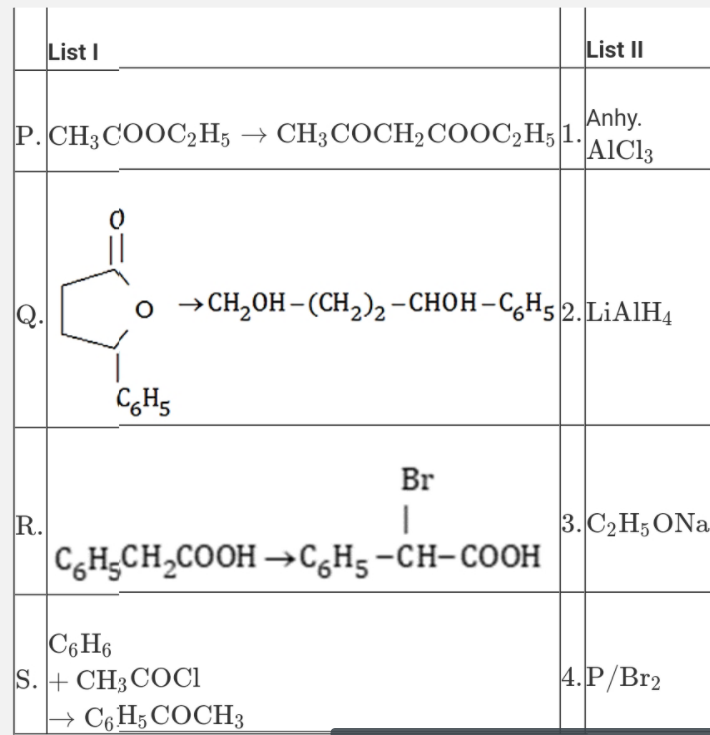
View SolutionMatch List I with List II and select the correct answer using the codes given below the lists :
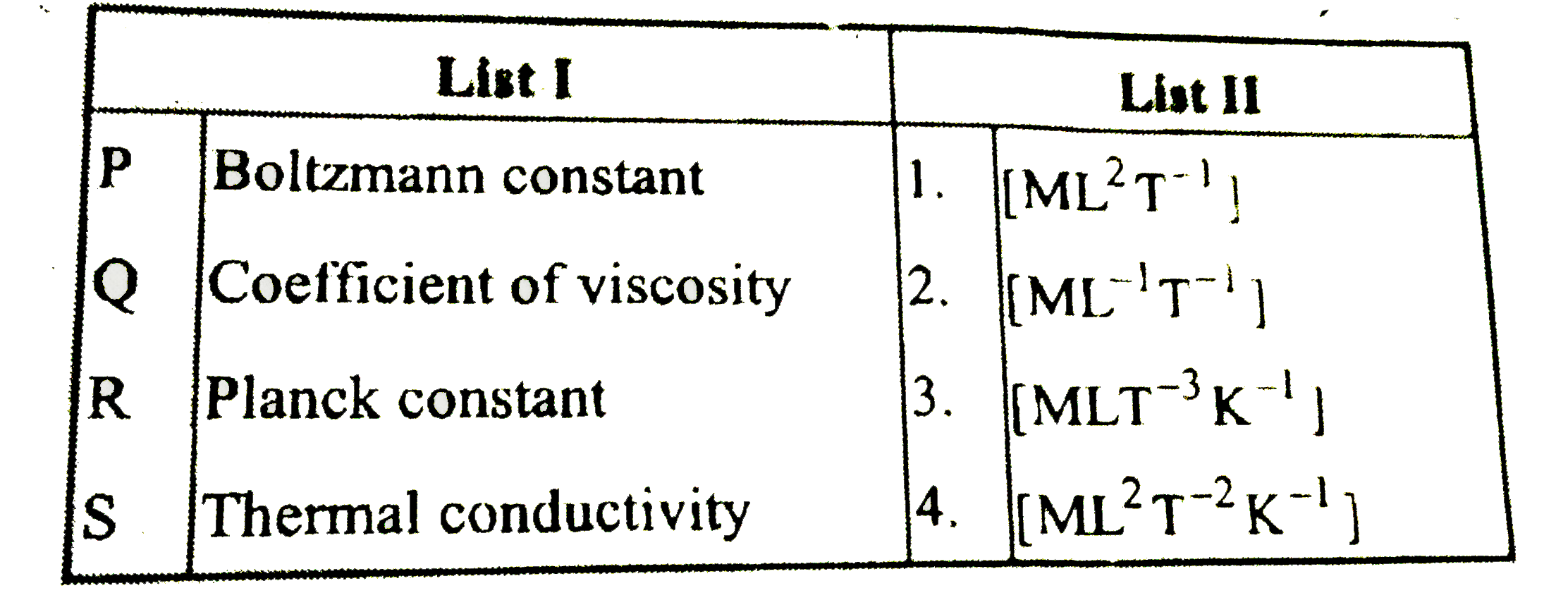
View SolutionMatch list I with list II and select the correct answer using the codes given below the list
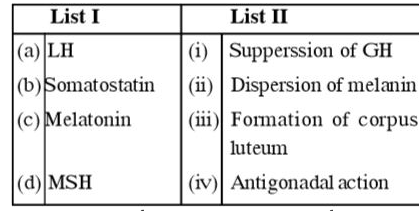
View SolutionMatch List I with List II and select the correct anwer using the codes given below
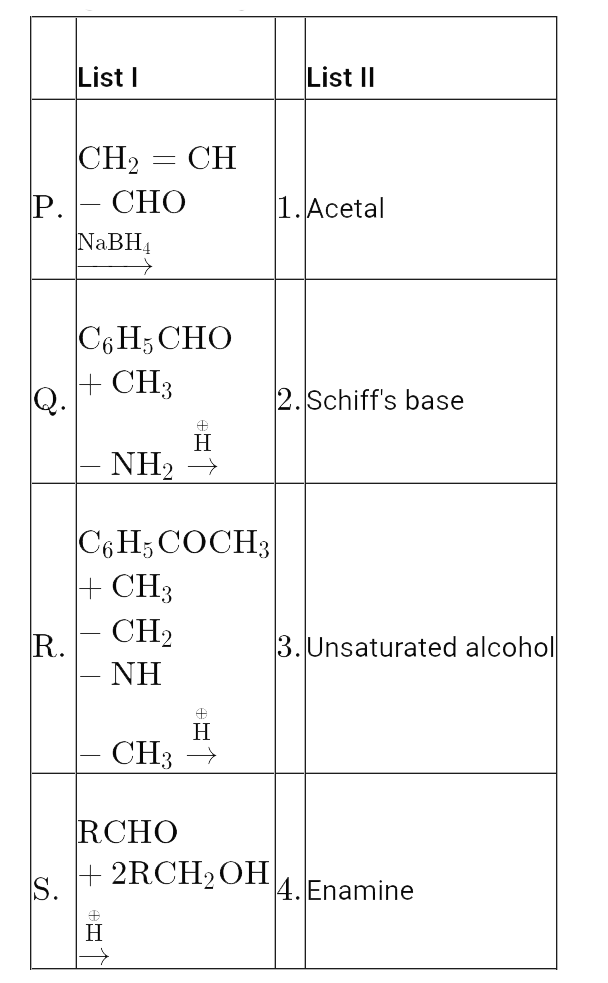
View SolutionMatch list I with list II and select the correct answer using the codes given below the lists.
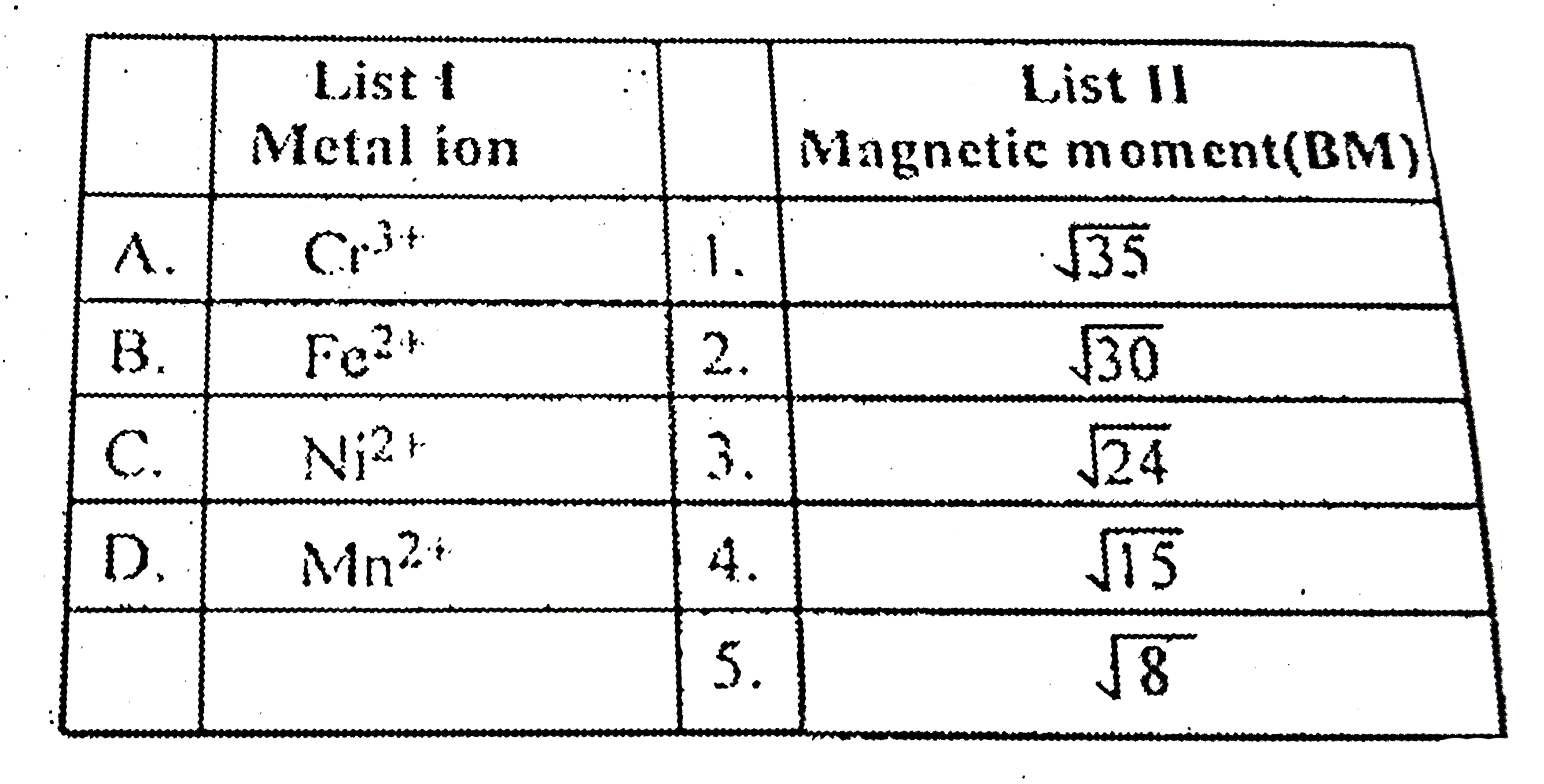
View SolutionMatch List I with List II and select the correct answer using the codes given below the lists:
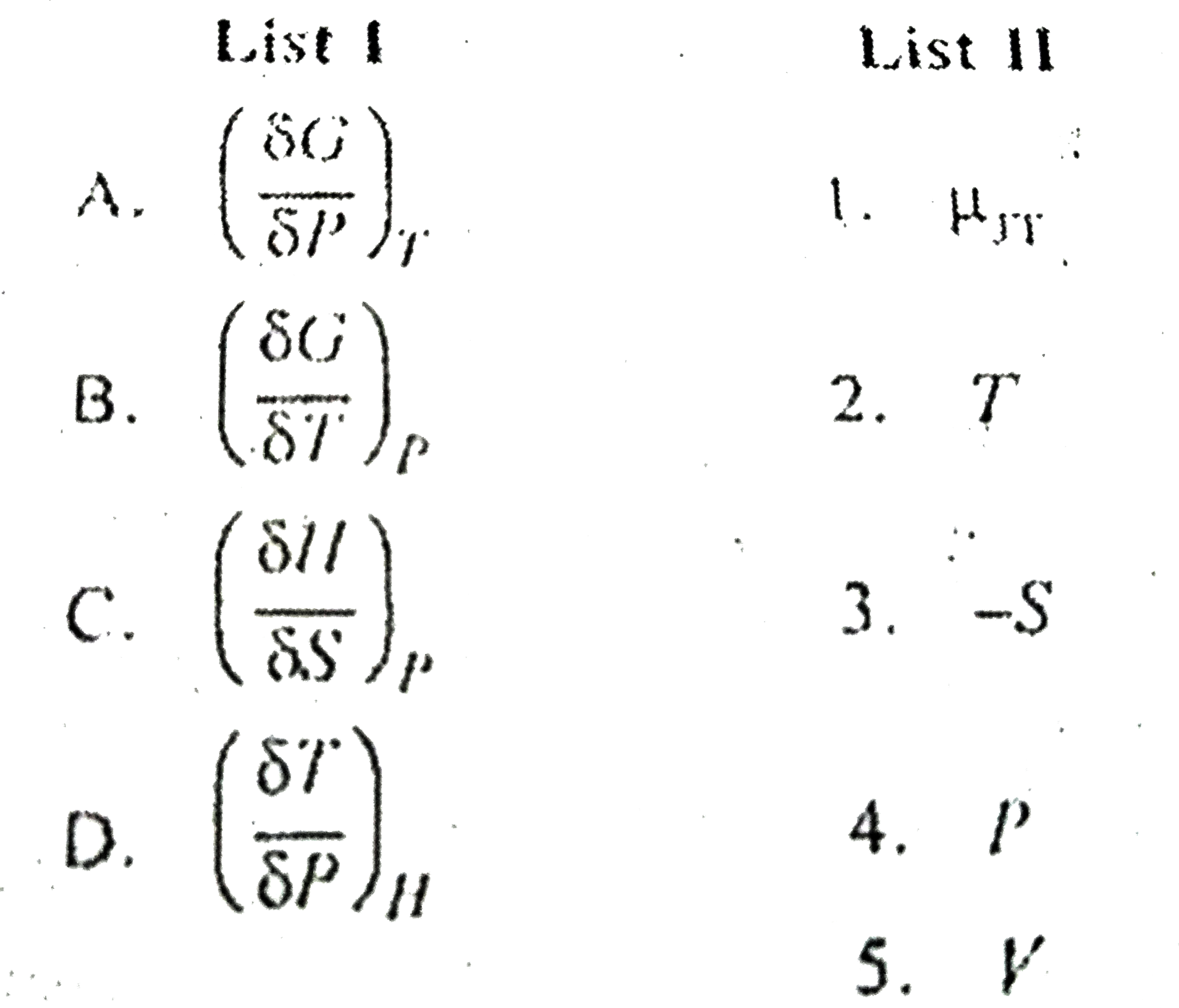
View SolutionMatch List I with List II and select the correct answer using the codes given below the lists:
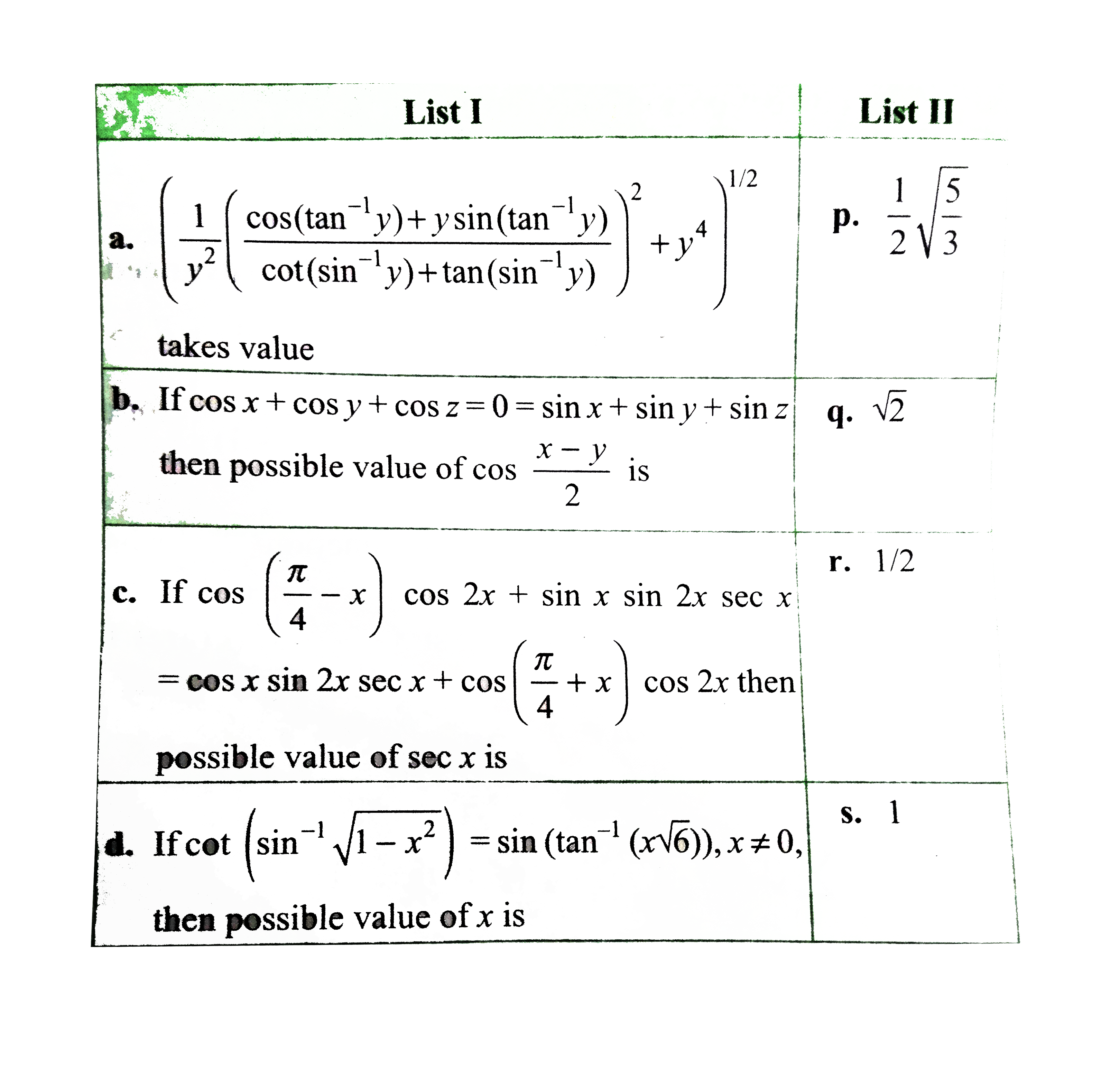
View SolutionMatch list I with list II and select the correct answer using the codes given below the lists.
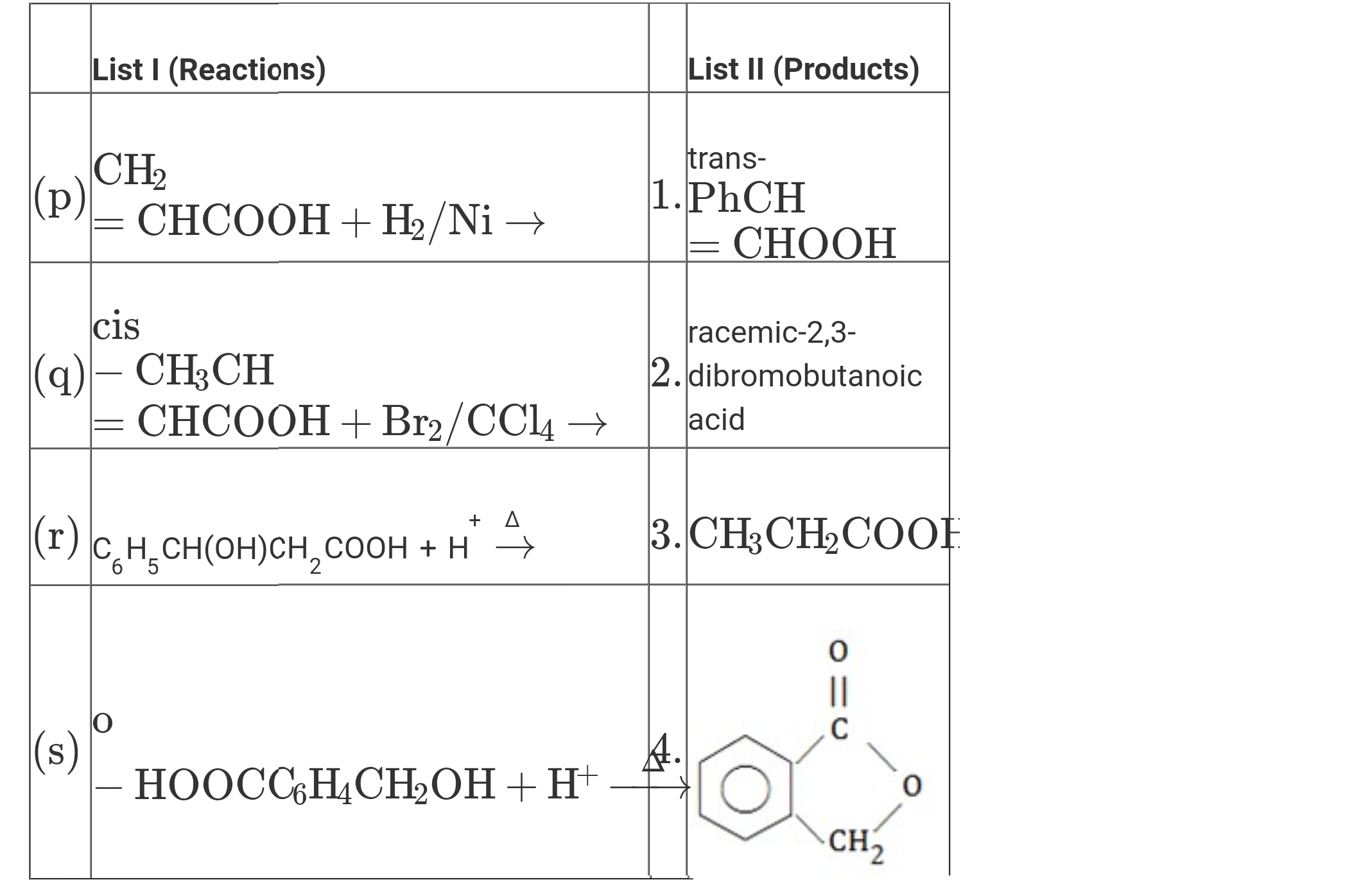
View SolutionMatch list I with list II and select the correct answer using the codes given below the lists.
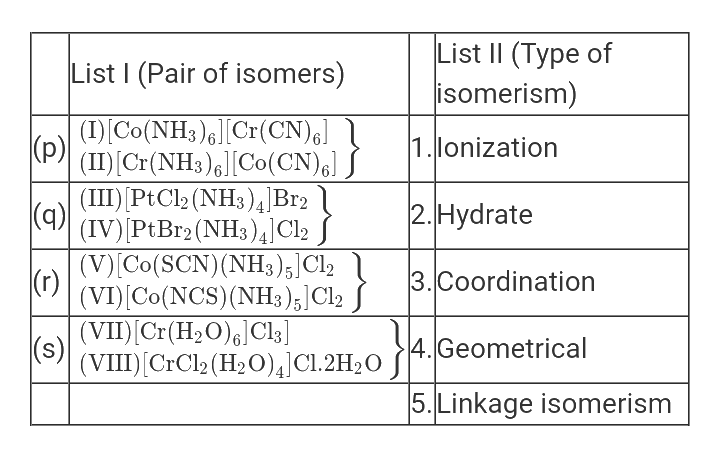
View SolutionMatch List-I with List-II and select the correct answer using the codes given below the lists :
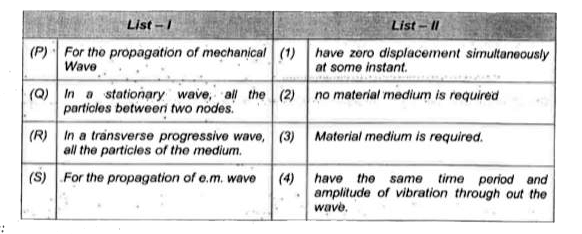
View Solution
